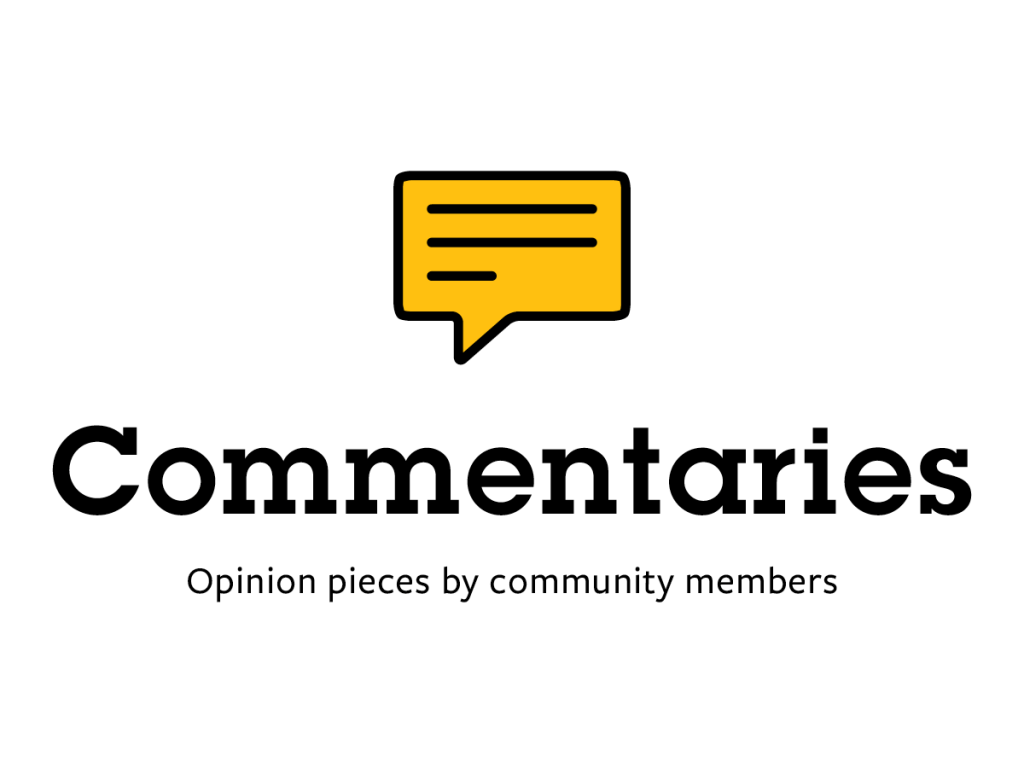This commentary is by Frank Seawright. He has lived in Windham for 23 years and is an experienced amateur cartographer.
A few days ago I got an email message from Vermont Rep. Becca Balint, as follows: “Each spring, a high school arts competition is held in every Congressional district to recognize and encourage the young artistic talent around the nation.” She goes on to extol the importance of arts education. Writing back to Rep. Balint, I proposed the addition to the national competition of a certain art form, mastery of which would bring pleasure to a wide audience, while also allowing young practitioners to be useful to their communities.
That art form is cartography, a pursuit that is very different in our technological age from the cartography of old. Cartography is not just a potentially lovely art form, but also a useful skill, especially in Vermont. In what follows, I hope to show why maps, beautiful maps, are central to efforts to mold Vermont’s future in harmony with nature, so that we all might thrive.
To understand the importance of maps, we need to look at the planning commissions that exist in every Vermont town. The citizens who are appointed to these commissions are expected to do two contradictory things at once: facilitate development, and protect and preserve our beautiful state. Development means “more, now!” Preservation means “slow down and consider the consequences.” The two can coexist, but only with careful planning: decisions about where and what to build must be based on the presence of slopes, wetlands, streams and dry channels that engorge with heavy rain, along with consideration of soil type, vegetation cover and possible consequences to those downstream. Knowledge of these factors is best gained and shared through the use of maps.
Unfortunately, our political environment doesn’t support meticulous and careful decision-making about land use. Every legislative session seems to end with a loss for our environment. It’s particularly galling that the agents promoting answers to two of Vermont’s most vexing problems, renewable energy generation and affordable housing, have slyly maneuvered our state and local officials into reciting the “we all need to do our part” cliché as the answer to every question, often leading to hasty decision making that is more about virtue signaling than about real problem solving. And really, what virtues are signaled when we facilitate building on mountainsides, knowing the contribution of deforestation and impervious surfacing to the devastating floods we’re seeing more frequently?
In our towns, we have a lot of “common knowledge” about our mountains and rivers. The best way to enhance, formulate, present and utilize this knowledge as the underpinning of municipal planning is through detailed, even gorgeous, maps. Vermont has wisely invested in the Vermont Center for Geographic Information (VCGI), comprising map-makers and a geographic data library of the highest caliber, with well prepared staff to support the users of its info. But many rural towns are simply not equipped to utilize this invaluable resource. As Chris Campany, executive director of the Windham Regional Commission, lamented recently in a commentary in VTDigger, “… I see towns struggling to keep up with basic town planning needs. Taking on other tasks, including statewide policy goals that towns … have little ability to affect, is beyond their political or operational capacity.”
I would argue that cartography, enhanced by computer technology, known as Geographic Information Systems (GIS), should be the wave of our future. Why? Because we need to teach our young people and ourselves to see. Maps show us our surroundings, places of which we have intimate knowledge, but that we have never really “seen.” In fact, a ringing endorsement of GIS can be found in the words of the famous Vermont naturalist, George Perkins Marsh, writing in 1847: “To the natural philosopher, the descriptive poet, the painter, and the sculptor, as well as to the common observer, the power most important to cultivate, and, at the same time, hardest to acquire, is that of seeing what is before him. Sight is a faculty; seeing, an art.”
Maps facilitate the art of seeing. Good maps draw in observers and teach them to see, just as good paintings do. With GIS, maps are where art, design and technology collide, with wondrous outcomes. There are countless “artistic” choices to be made: selection of line type, color and thickness, decisions about what to emphasize, arrangement of layers, judgments about 3D presentation — an infinity of questions the cartographer, like the painter, must learn to answer.
And this is where high-school art students come in. We can make a start on enabling towns to use the power of GIS by teaching students to download data for their towns and to create maps, beautiful maps, that not only fascinate the public, but are also critical adjuncts to their towns’ planning processes. Open source and free GIS applications exist for every operating system. The staff at the VCGI are willing to assist and have produced excellent training documents and video tutorials.
Vermont should begin by offering GIS as an extracurricular activity in our high schools. There is a lot to learn, but once a novice gets that first map on the computer screen, they’ll want to go further in this amazing art form. And let Vermont be a leader: we should be the first in the nation to have a state-wide competition, adding glory to the beauty and fascination of the well crafted map.
Read the story on VTDigger here: Frank Seawright: The art of maps.

